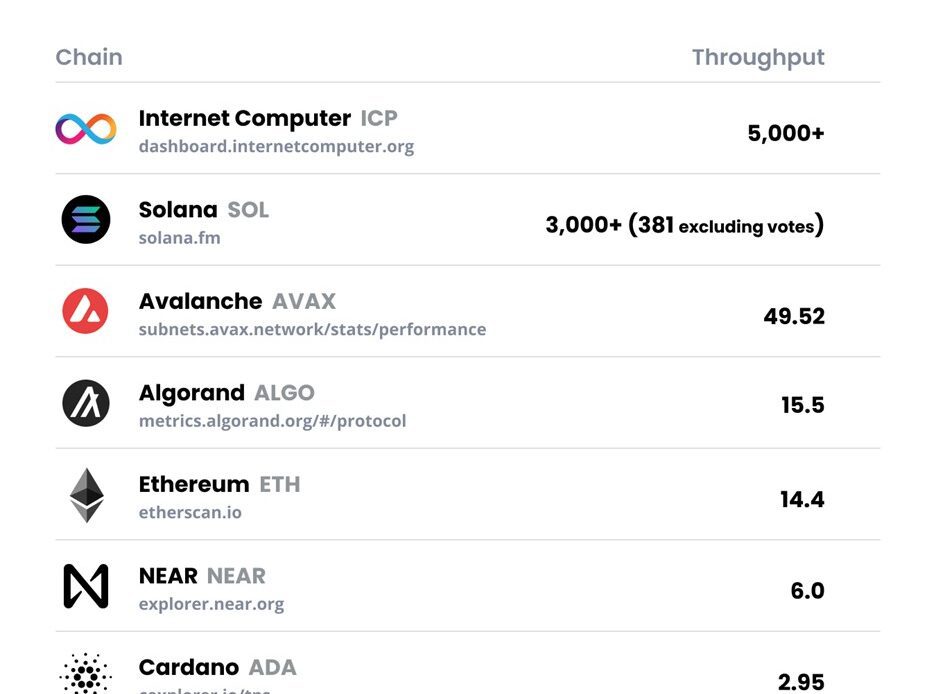Crypto technology has made incredible advancements over the past few years, and now the blockchain protocol industry is extremely competitive. As gains have been made with speed, scaling, and power consumption, the promise of Web3 and the growth of a blockchain-based internet are beginning to redefine possibilities in tech.
With Bitcoin, blockchain technology was first introduced as a financial tool for creating and managing cryptocurrency. It quickly evolved into programmable money and smart contracts after the launch of Ethereum. Now blockchain aims to counter the centralization of all databases, storage, and computation to support innovative new dapps and services.
As the industry matures from a predominant focus on financial products to become a revolutionary decentralized technology stack for Web3, a handful of key metrics are useful for comparing and assessing layer-1 competitors: transaction throughput, finality, transaction cost, energy efficiency, and on-chain storage cost.
This article presents a review of those metrics from leading protocols sourced from public datasets and real-time dashboards to give a clear and comparative picture of the level at which these chains currently operate.
Transaction Throughput
In order for blockchain networks to attract users, they must be able to provide an experience that meets the expectations of today’s web users and do so in a scalable manner. This means delivering speedy website and application screen loads (read operations) and moderately fast data writes. Most blockchains perform well enough on read operations, but layer-1 protocols can struggle to scale their data writes such that they can accommodate millions of users and still provide a good user experience.
Throughput is a measure that captures the scalability of a network — the ability of a blockchain to write data and update state for millions and billions of web users and Internet of Things (IoT) devices. In order to provide a satisfactory user experience for mainstream internet users, a blockchain needs to be able to process thousands of transactions per second. Only Solana and the Internet Computer demonstrate actual transaction speeds that accomplish this feat, though most of Solana’s transactions are vote transactions by validators. Vote transactions don’t exist on other chains; the SolanaFM explorer puts Solana’s true TPS at about 381. Other chains either haven’t generated the traffic required to demonstrate high…
Click Here to Read the Full Original Article at NewsBTC…
























